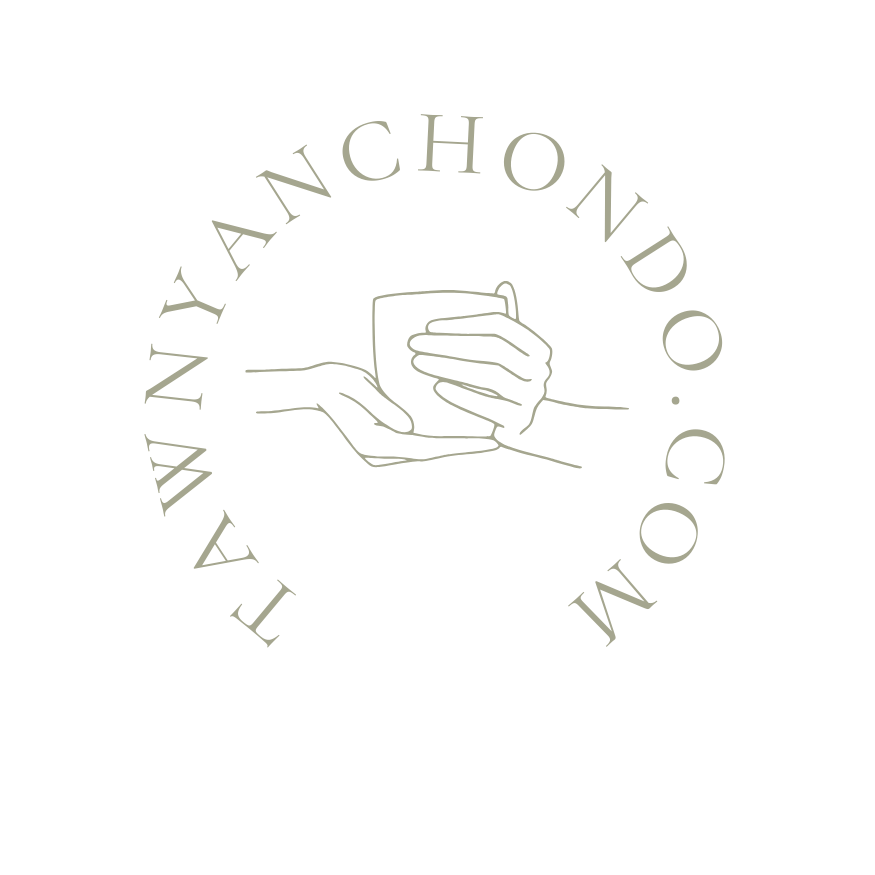Building A Talented Team
The first step in attracting the best talent for any organization is building a team able to attract and hire the right people.
A well-organized recruiting team can streamline the hiring process, identify the right candidates, and ultimately contribute to the overall success of the company. The key strategies to help you organize the best recruiting team and maximize your chances of finding the perfect fit for your organization can be found here.
1. Define Roles and Responsibilities:
The first step in organizing a successful recruiting team is to clearly define the roles and responsibilities of each team member.
Assign specific tasks such as sourcing candidates, screening resumes, conducting interviews, and managing the hiring process. By clearly outlining these responsibilities, you ensure that everyone knows their role and can work together seamlessly.
Some roles that you might consider for your Talent Team include:
Recruiting/Talent Manager: Oversees the recruiters, helps prioritize hiring goals, and acts as a resource for the rest of the organization on hiring best practices and recruiting techniques.
Recruiting/Talent Operations Manager: Works to optimize processes on the backend, typically handles the technology suite of the organization, and may oversee the coordination team.
Recruiter/Talent Acquisition Specialist: Sources and recruits candidates that both do and do not apply to roles directly and works with hiring teams to understand their needs.
Recruiting/Talent Coordinator: Handles the logistical details of candidate interviews with a focus on the candidate experience and often handles backend process improvements as part of the Talent Operations team.
2. Foster Collaboration and Communication:
Effective communication and collaboration are important for any team to be successful but are vital for a Talent team. Encourage open lines of communication among team members, allowing them to share insights, exchange feedback, and discuss potential candidates.
Utilize collaboration tools and platforms to streamline communication (i.e. Asana, Slack), share documents utilizing tools like SharePoint or Google Docs, and track progress with clear metrics and regular reporting.
Regular team meetings and brainstorming sessions can also help foster a sense of unity and shared goals.
3. Develop a Strong Employer Brand:
A strong employer brand is crucial for attracting top talent. This Harvard Business Review article deep-dives into the 3 main components of an employer brand along with strategies to influence these in a positive way for an organization.
A good talent team will work closely with the organization’s marketing and HR teams to develop an authentic and compelling employer brand that showcases your organization's values, culture, and opportunities.
A well-defined employer brand will not only attract the right candidates but also help your recruiting team in their efforts to engage and retain talent.
4. Leverage Technology:
Technology plays a vital role in streamlining the recruiting process. Invest in applicant tracking systems (ATS) and other recruitment software to automate administrative tasks, track candidate progress, and maintain a centralized database of potential hires.
Find a list of ATS systems, with pros and cons of each, in my post linked here.
These tools can significantly enhance your team's efficiency and productivity, allowing them to focus on building relationships with candidates.
5. Continuous Training and Development:
Recruiting is a fast and ever-changing field, and it's essential to keep your team updated with the latest trends, techniques, and best practices.
Invest in continuous training and development programs to ensure your team stays ahead of the curve. Encourage participation in industry conferences, webinars, and workshops, and provide opportunities for skill-building and professional growth.
By investing in your team's development, you empower them to excel in their roles, regardless of their scope or how big your organization grows.
6. Measure and Analyze Performance:
Establish key performance indicators (KPIs) to measure the effectiveness of your recruiting team. Depending on the needs of your team, some of these may include time-to-fill, candidate satisfaction, and/or retention rates.
These metrics will inform future team strategies and help optimize team performance. In addition, having insights into candidate satisfaction and retention rates can tie directly into employee satisfaction at an organization, which impacts the company at a broader scale.
Organizing the best recruiting team requires strategic planning, effective and open communication, and a commitment to personal and organizational improvement.
By defining roles, fostering collaboration, leveraging technology, and investing in training, you can build a team that consistently attracts excellent talent and contributes to the overall success of your organization.
A strong talent team is the backbone of any successful hiring process and leads to organizational success, so invest the time and resources necessary to build and grow an excellent team.








